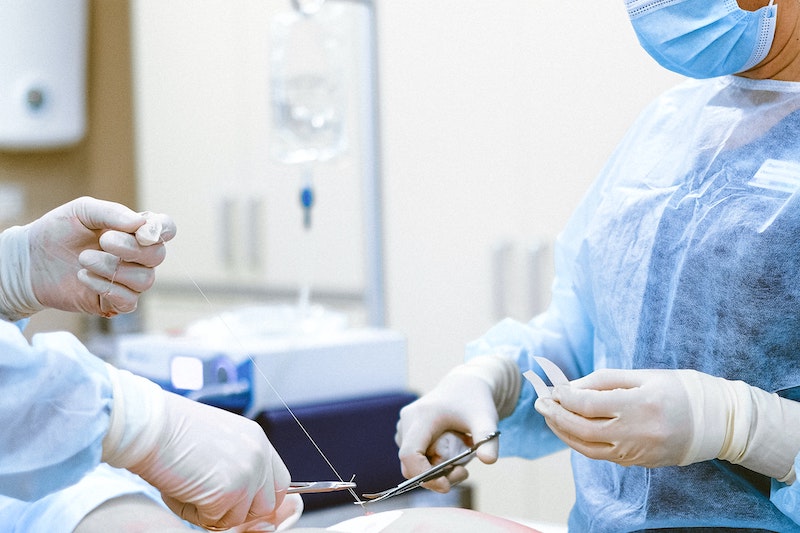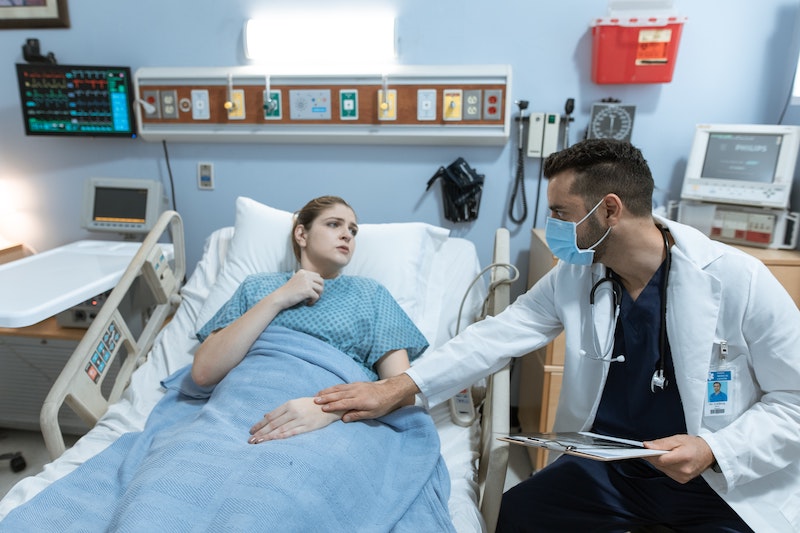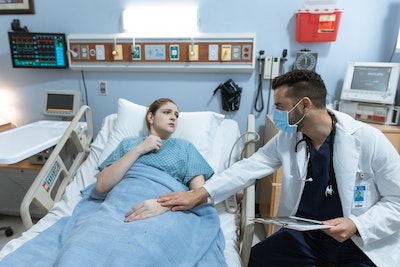Patient safety protocols are very important for the smooth running of operations in a medical facility. These safety practices vary from one facility to the other but they are designed to achieve positive patient outcomes.
There are hundreds of research and implementation strategies, but some rank highly than others. While administrators have the freedom to adopt whichever strategies they wish, some practices are non-negotiable for success.
This article reviews 7 safety practices that are of essence for patient safety.
1. Shift Limitations
When medical staff are under pressure for long periods and stressed out, they may make mistakes with fatal consequences. Chronic fatigue is common in medical facilities, so administrators must ensure medical caregivers get sufficient sleep and not work more than 80 hours a week. Those who do extended shifts should not treat patients for extended periods and have at least 5 hours of sleep between the timeframe of 10:am-8:am. There must be protocols to ensure residents’ supervision, safety, and sleep enhancement.

2. Patient Safety Agencies
Collaborating with a certified safety organization to organize a patient safety event will help healthcare providers. These events and volunteers from these agencies can help prevent errors with confidential and privileged information. They create safe work environments for clinicians and care organizations by analyzing work data and identifying risks that may lead to accidents.
3. Design Principles
There are evidence-based design principles hospitals must follow to improve the quality of service delivery. Proving safe and spacious rooms can prevent falls and there should be decentralized stations for access to nurses and doctors.The air filtration system should also be improved, as well as the availability of multiple hand washing locations.
4. Blood Stream Infection Prevention
Healthcare administrators must be mindful of central line blood-associated infections by taking into account five major factors or steps: Hand washing should be mandatory, the skin should be cleaned with chlorhexidine, femoral lines should be avoided, unnecessary lines should be removed and barrier precautions should be set up. These steps will reduce the deadly healthcare-associated infections.
5. Hospital Discharges

The potential for readmissions will be reduced by assigning medical staff to work with patients or team members to reconcile medications already prescribed and taken. A simple, easy-to-understand discharge protocol must be created for each patient, containing their names and telephone numbers so they can be contacted if any issue arises.
6. Measure Patient Safety Culture
Drawing up a safety protocol is insufficient; such protocols must be evaluated to understand outcomes. Surveys can be used to assess the prevailing culture of the hospital and what staff feel about it. Interventions should be carefully evaluated, and changes must be tracked over time. Furthermore, surveys should be customized to reflect the unique requirements.
7. Rapid Response Teams
In emergencies, all staff should be trained to work together to address the threat as quickly as possible. A customized toolkit containing information and materials to address threats must always be on site. There should be data-backed techniques on communication dissemination and team skills for staff working in different units. Materials should be suited to the hospital setting instead of a basic approach. Training sessions should also be conducted regularly to keep staff refreshed.
Conclusion
The potential for accidents is quite high in hospitals, and one wrong move can prove fatal. Safety protocols must be implemented to reduce the risk of accidents, and staff must be trained with the right techniques and materials. Partnering with safety agencies and the use of data analysis also helps. If these practices are imbibed, risks will be reduced to the barest minimum.
Sources:
https://www.ahrq.gov/patients-consumers/diagnosis-treatment/hospitals-clinics/10-tips/index.html
https://www.sciencedirect.com/topics/medicine-and-dentistry/patient-safety

